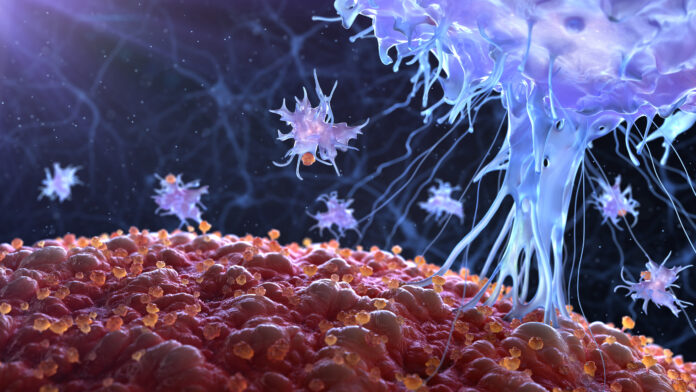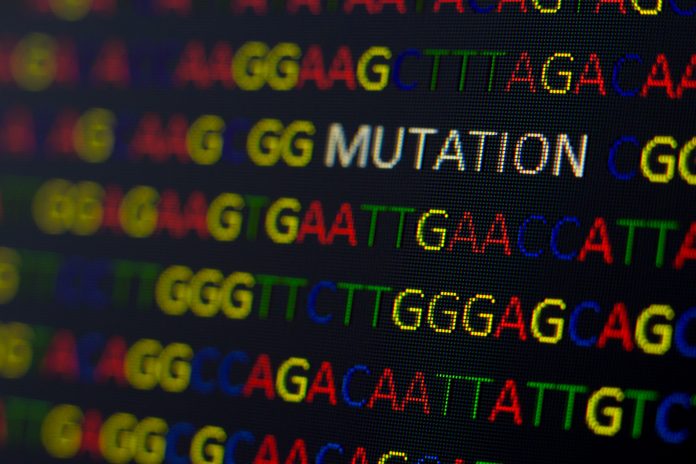9 out of 10 women, on average, complain of period pain, while about 20% of women experience severe period pain and excruciating cramps that can interfere with daily activities.

The majority of women experience period pain from menarche till menopause. According to statistics, nine out of ten women express period pain, although they claim that the pain goes away between the ages of 20 and 30. It’s possible that this is a primary dysmenorrhea with no known reason. The cramping, however, might be so painful for some people that it interferes with their regular tasks. This is frequently observed in persons who have secondary dysmenorrhea, which is brought on by endometriosis.
However, it’s possible that there are other conditions as well that cause excruciating period pain. Extreme cramps can also have a number of other underlying reasons. Additionally, it might lead to a general increase in pain sensitivity rather than only during the menstrual cycle. Richa Pendake, Founder and CEO of Nutrizoe examines the additional factors that may contribute to period cramps as well as potential preventative measures.
4 POSSIBLE CONDITIONS AND REMEDIES TO HELP YOU ESCALATE THE PAIN
1. Endometriosis: A gynaecological condition wherein the lining cells of the uterus are found in fallopian tubes, pelvis tissue lining, and ovaries. The condition causes blood-filled cysts, internal bleeding, and in some cases bowel symptoms.
Treatment: It is recommended to practice yoga and relaxation techniques regularly. Try including turmeric and anti-inflammatory foods like green leafy vegetables, blueberries, ginger, etc. You can also take anti-inflammatory medications before the onset of your periods.
2. Pelvic Inflammatory Diseases (PID): Caused due to untreated sexually transmitted infections (STI), pelvic inflammatory diseases affect the female reproductive tract with symptoms like inflammation, painful menstrual cramps, scarring, infertility, etc.
Treatment: Antibiotics can help treat PID in its early stages. Practice safe sex and take regular tests for sexually transmitted diseases in case of the above symptoms.
3. Uterine Fibroids: These noncancerous growths of the uterus can range from microscopic size to large enough to alter the uterus’ shape. Though it might not be troubling for some, fibroids can affect some with severity.
Treatment: Pelvic muscle massages help relax them and bring down the inflammation leading to reduced cramping. A warm bath can also be therapeutic. One may consult the specialist if they face extreme pain during periods and large-sized blood clots.
4. Copper IUD (Intrauterine Device): It is a temporary, non-hormonal birth control device used to prevent pregnancy for up to 10 years. They however tend to disrupt the menstrual cycle by making them painful and heavier during the initial cycles after their insertion.
Treatment: If you face worsening period pain after years since the IUD was inserted, consulting the gynaecologist is preferable.
OTHER EFFECTIVE REMEDIES TO REDUCE PERIOD PAIN
- Using a Heating Pad on Pelvic Area
- Maintaining Regular Fitness Regime
- Consuming Light
- Functional Foods
- Ensuring Regular Intake of Multivitamins Supplements
- Cutting Down on Salt, Caffeine, Sugar, etc.
While there is no substitute for expert diagnosis and treatment for period pain and cramps, home remedies are great for short-term comfort and can help you understand your unique situation better.










![Best Weight Loss Supplements [2022-23] New Reports!](https://technologytangle.com/wp-content/uploads/2022/12/p1-1170962-1670840878.png)




